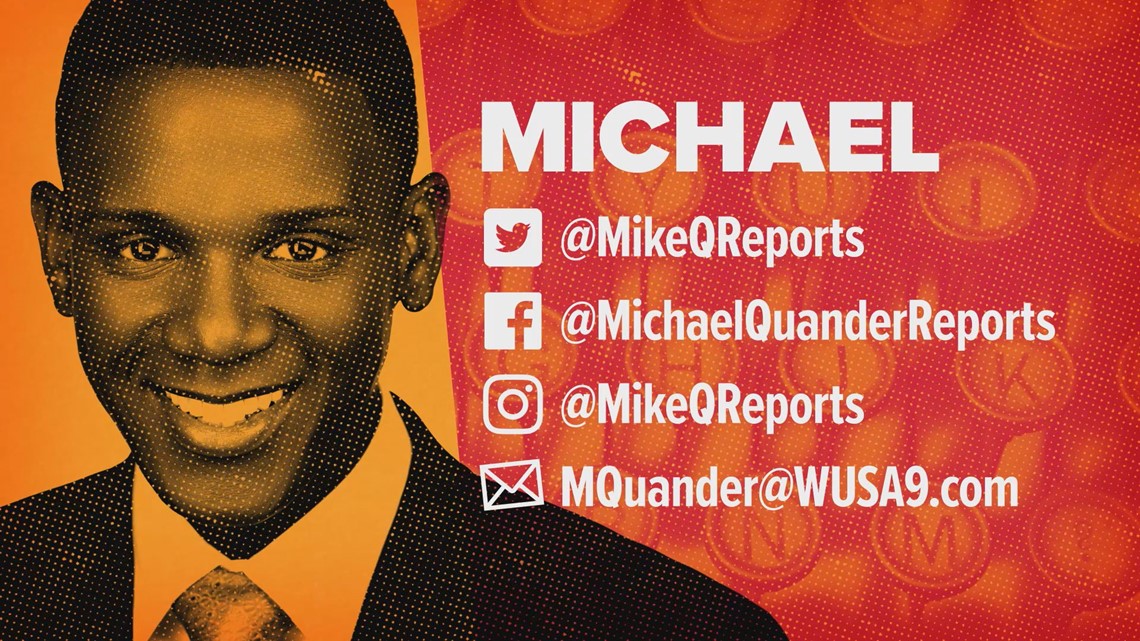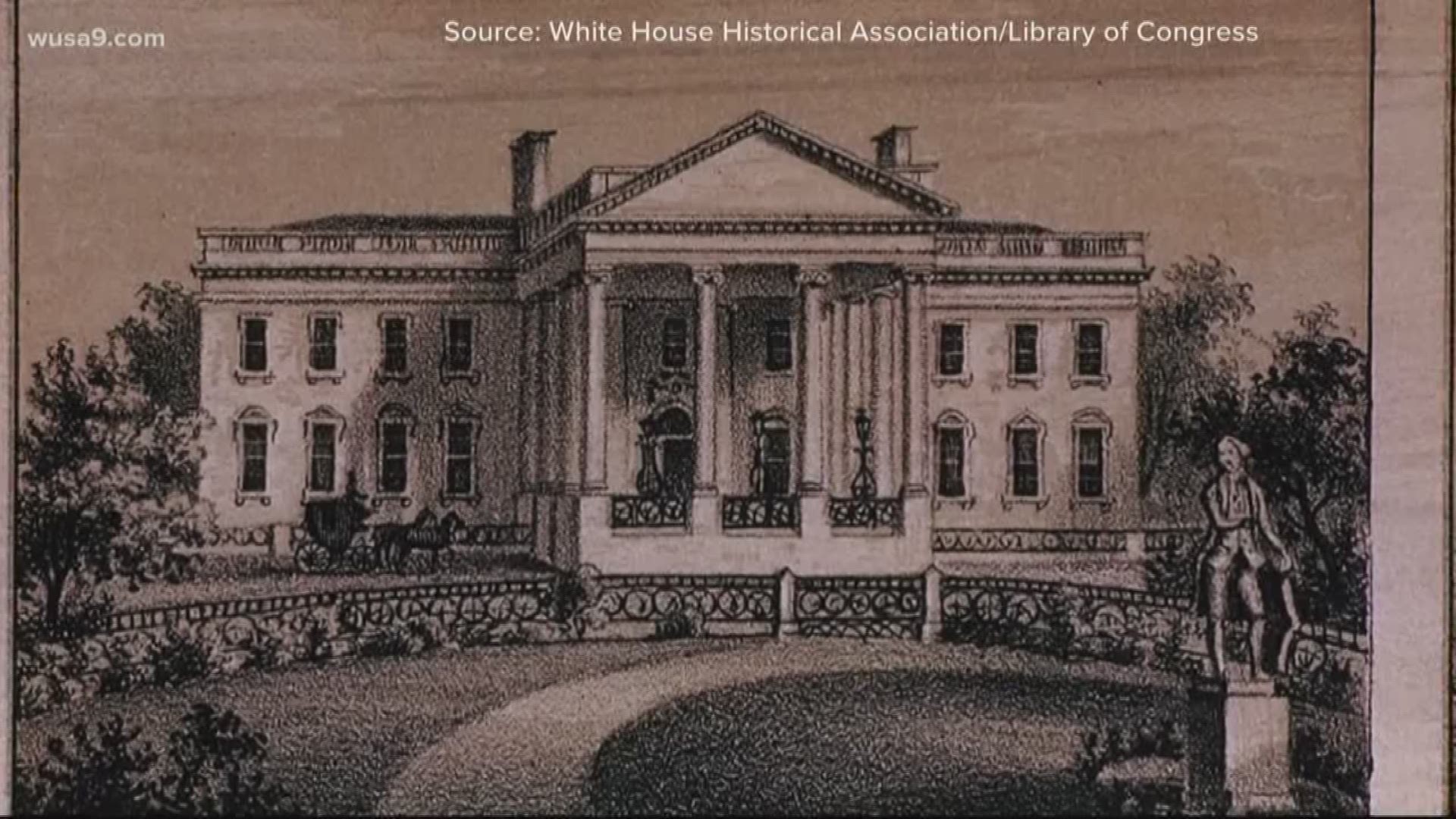WASHINGTON — Enslaved African-Americans are often left in the shadows of American history, despite many of them helping to build historic landmarks in Washington D.C., such as the White House.
Now, the White House Historical Association is exploring the history of those enslaved people with an online exhibit called "Slavery in the President’s Neighborhood." The project was launched in February during Black History Month.
Former First Lady Michelle Obama reminded America of the slave labor that went into building the White House during a speech at the Democratic National Convention in 2016.
"I wake up every morning in a house that was built by slaves," Obama said.
In the online exhibit, the White House Historical Association linked 307 enslaved people to building and staffing the White House through the early 19th century.
Historians found enslaved people were involved in every aspect of construction, and records revealed where those hundreds of slaves came from.
This interactive map shows slave owners rented out their slaves from all over the DMV to help build the White House.
Enslaved black people were shipped from as far north as Cecil County, Maryland to southern areas such as Stratford, Virginia.
Payroll records revealed slave owners were paid for each enslaved person, who was marked by a "N" before their names for "Negro."
The exhibit also features an extensive timeline of enslaved and free African-Americans in and around the White House with a list of all their known names.
According to the website, historians said their goal with this project was to return enslaved black people to the forefront of history.
CLICK HERE to explore the ‘Slavery in the President’s Neighborhood’ digital exhibit.
--
If you know someone or a topic that should be featured in our ‘For the Culture’ segment, email Michael Quander at mquander@wusa9.com or send him a direct message on Twitter or Instagram.



